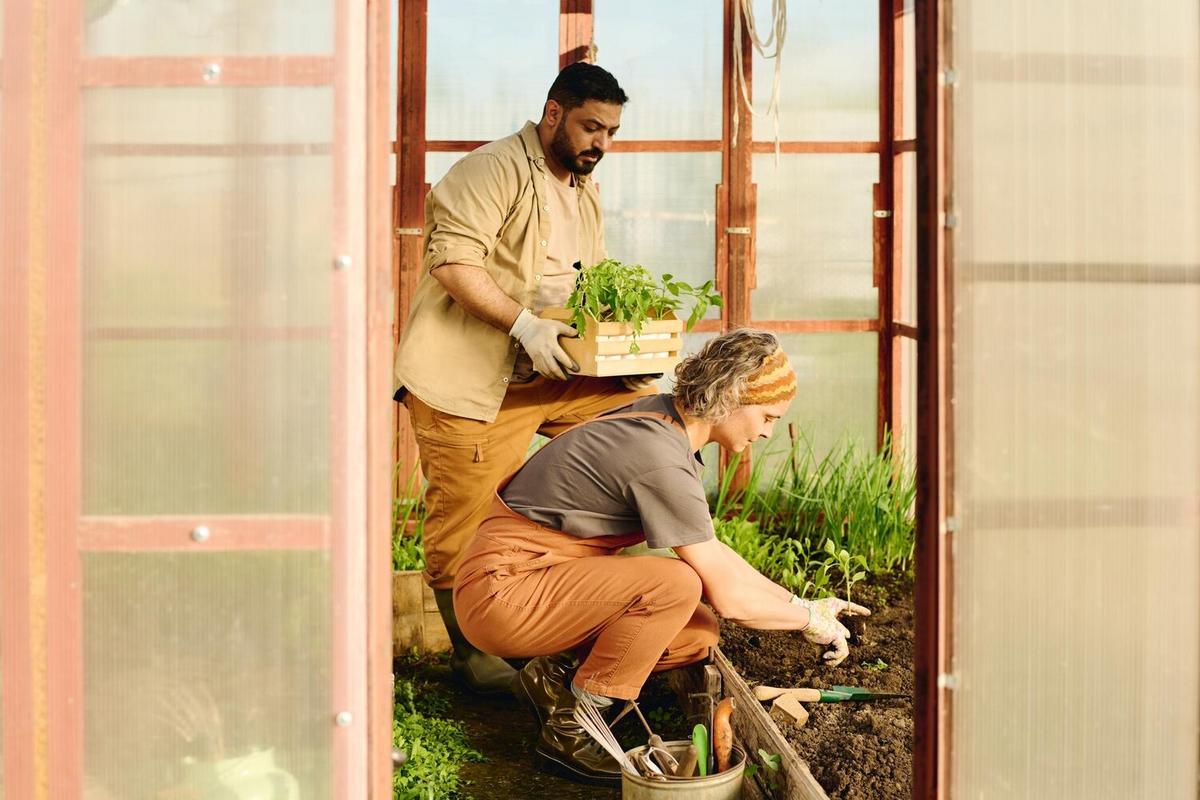The culinary world is no stranger to evolving trends, but one that’s making waves is the emphasis on sustainable seafood. As chefs and consumers alike become more environmentally conscious, the push for seafood that is responsibly sourced is not just a fad but a necessary shift in how we approach our plates.
The conversation around sustainable seafood is gaining momentum, and for good reason. Overfishing and habitat destruction have long plagued our oceans, leading to a dire need for change. According to the Food and Agriculture Organization of the United Nations, over 30% of world fish stocks are overfished, which emphasizes the urgency for sustainable practices.
Understanding Sustainable Seafood
Sustainable seafood refers to fish and shellfish sourced in ways that consider the long-term vitality of harvested species and the well-being of the oceans. This involves mindful fishing practices, such as avoiding overfished species and using methods that minimize environmental impact.
Expert Insights
Marine biologist Dr. Sylvia Earle highlights, “Choosing sustainable seafood is a vote for the future of our oceans.” Her insights underline the importance of consumer choices in driving industry standards.
Statistics and Research
Research from the Marine Stewardship Council shows that consumers are increasingly prioritizing sustainability, with a 40% rise in the purchase of certified sustainable seafood over the past decade.
Personal Experiences
Renowned chef Marcus Jenkins shares, “Integrating sustainable seafood into my menu was a game-changer. Not only does it resonate with diners, but it also assures them they’re making a positive impact on the environment.” His experience is a testament to how sustainability can enhance culinary appeal.
How to Make Sustainable Choices
- Look for certifications from recognized organizations like the Marine Stewardship Council.
- Opt for local and seasonal seafood options.
- Educate yourself about different species and their sustainability status.
Benefits of Sustainable Seafood
| Aspect | Benefit |
|---|---|
| Environmental Impact | Reduces overfishing and promotes ocean health |
| Economic Impact | Supports local fishing communities |
| Health | Often fresher and free from harmful chemicals |
| Flavor | Enhanced taste from fresher, responsibly sourced seafood |
| Consumer Trust | Increases transparency and accountability in supply chains |
| Biodiversity | Helps maintain diverse marine life |
| Regeneration | Allows fish populations to recover and thrive |
| Innovation | Encourages sustainable fishing technologies |
FAQs about Sustainable Seafood
What is the most sustainable seafood to eat?
Fish like sardines, mackerel, and certain types of shellfish are often considered sustainable choices due to their abundance and rapid reproduction rates.
How can I ensure the seafood I buy is sustainable?
Look for labels from reputable certification bodies and stay informed about the sustainability status of various species.
Conclusion
Embracing sustainable seafood is more than just a culinary trend; it’s a commitment to preserving our ocean’s resources for future generations. By making informed choices, both consumers and culinary professionals can play a pivotal role in nurturing a healthier planet. As you explore this dynamic aspect of global cuisine, remember that every choice counts toward a sustainable tomorrow.




Leave a Reply